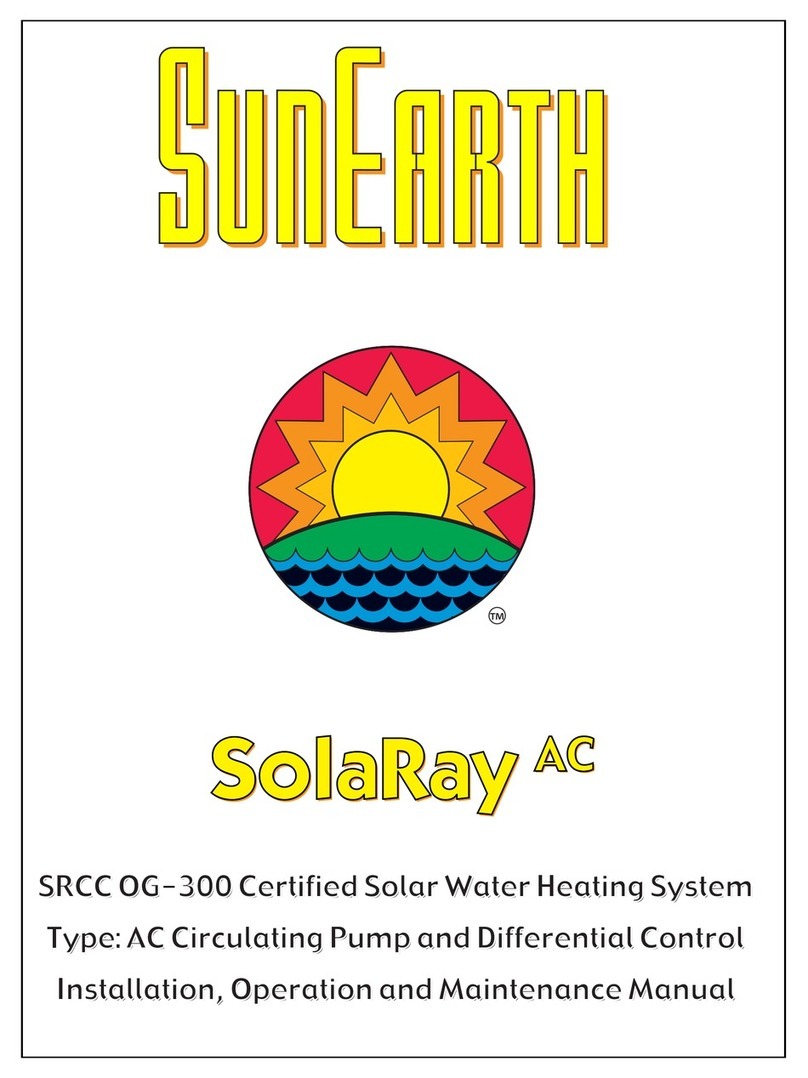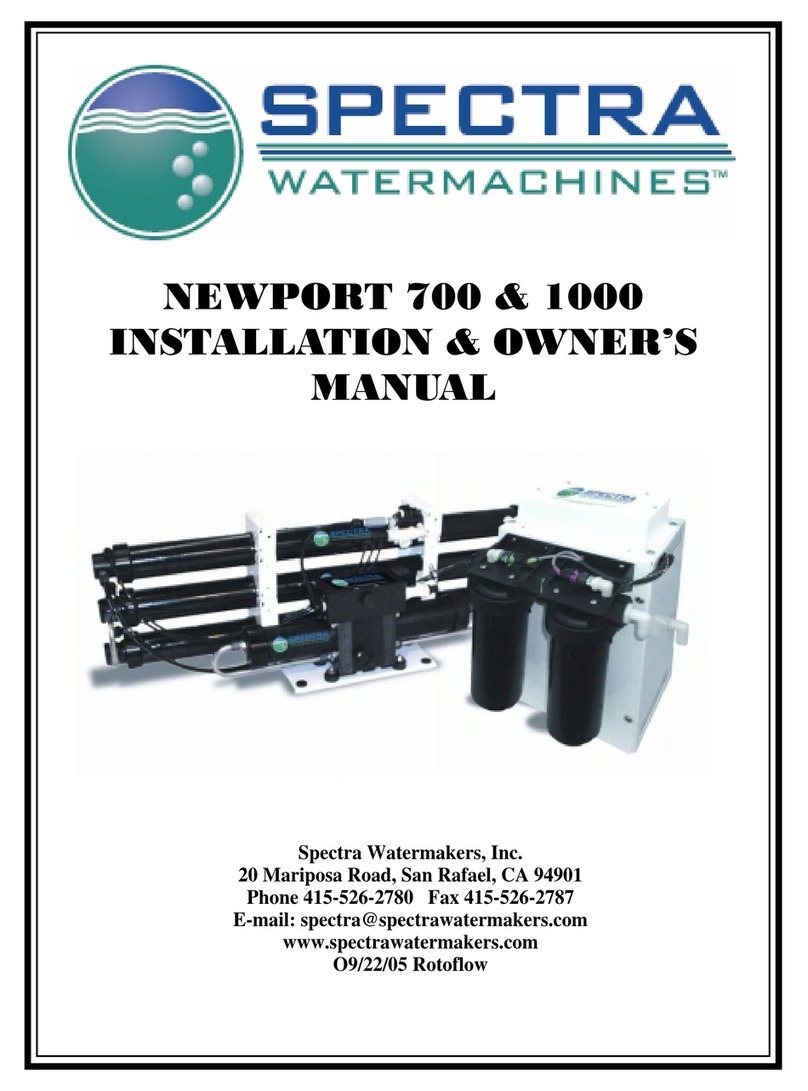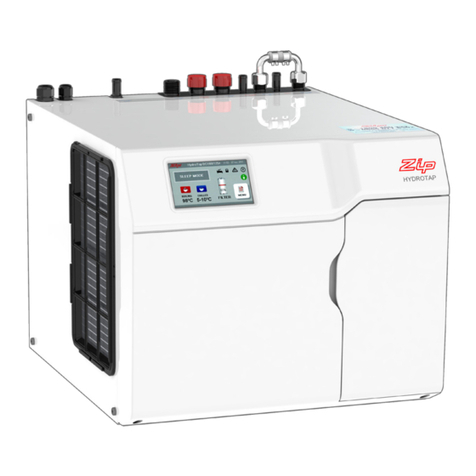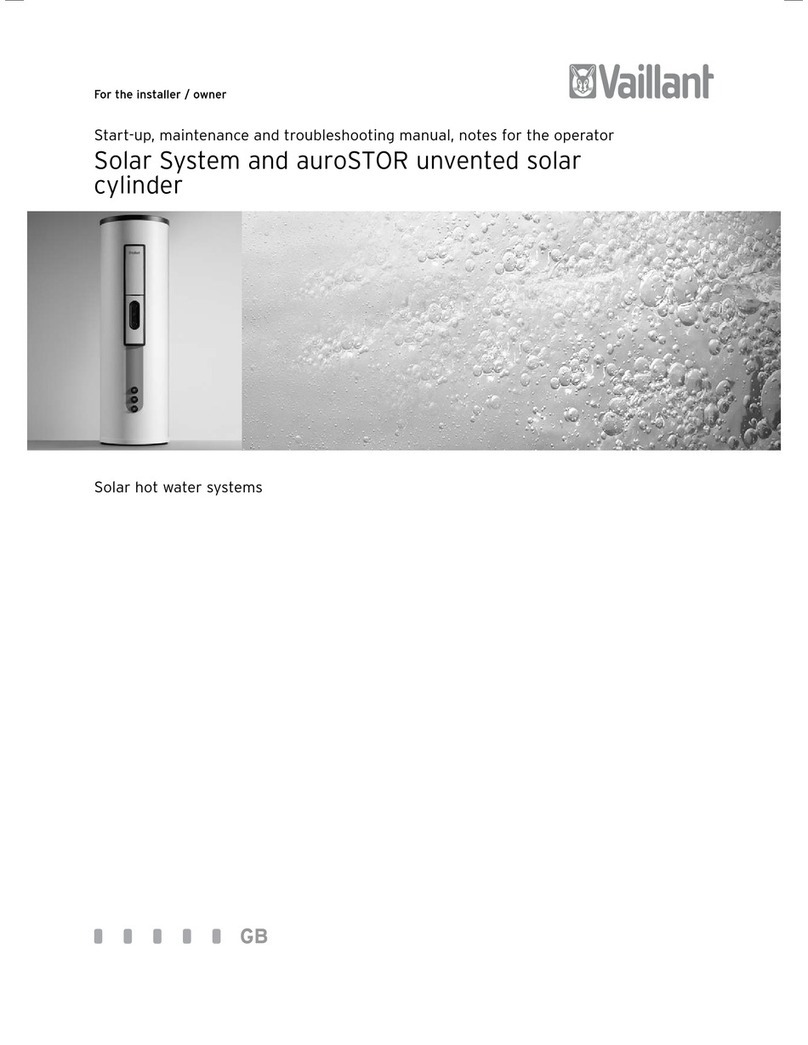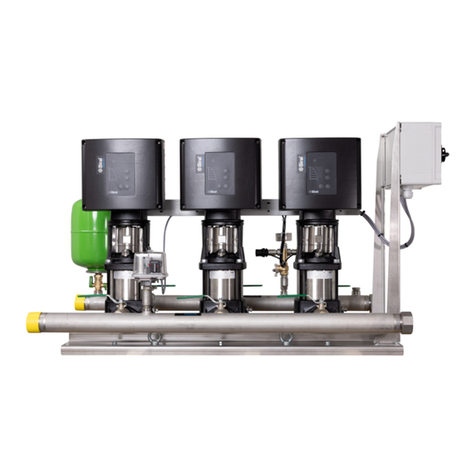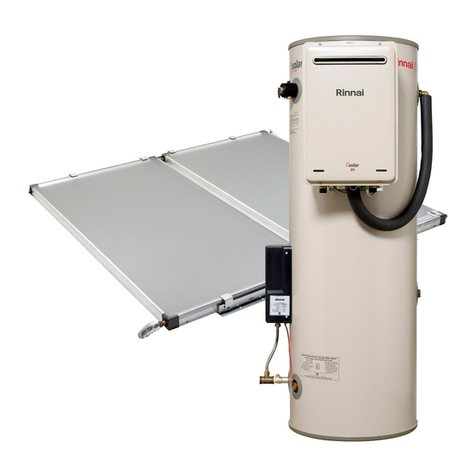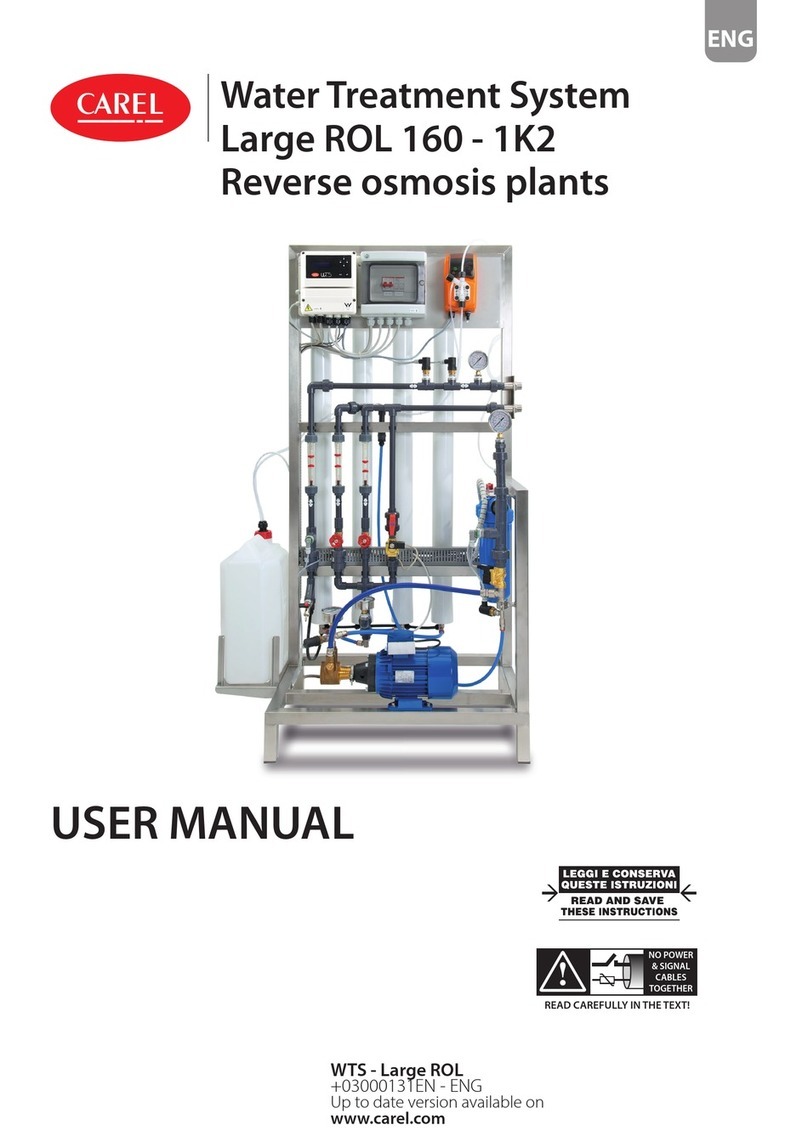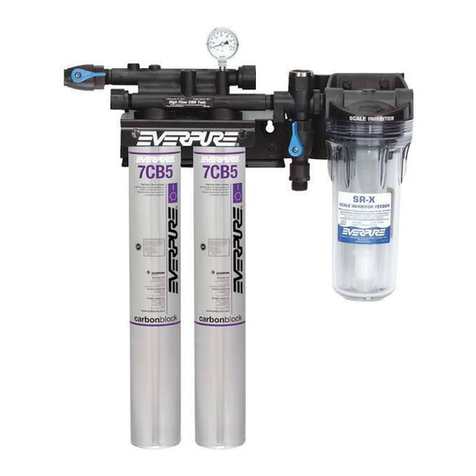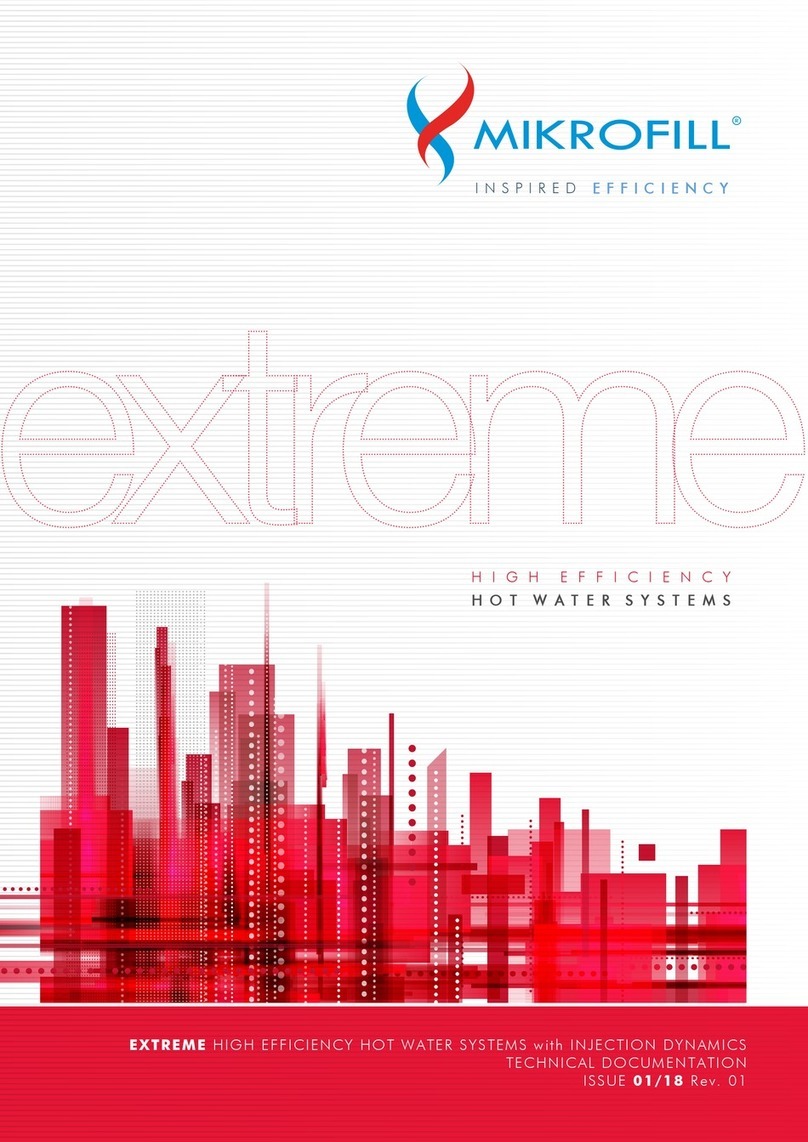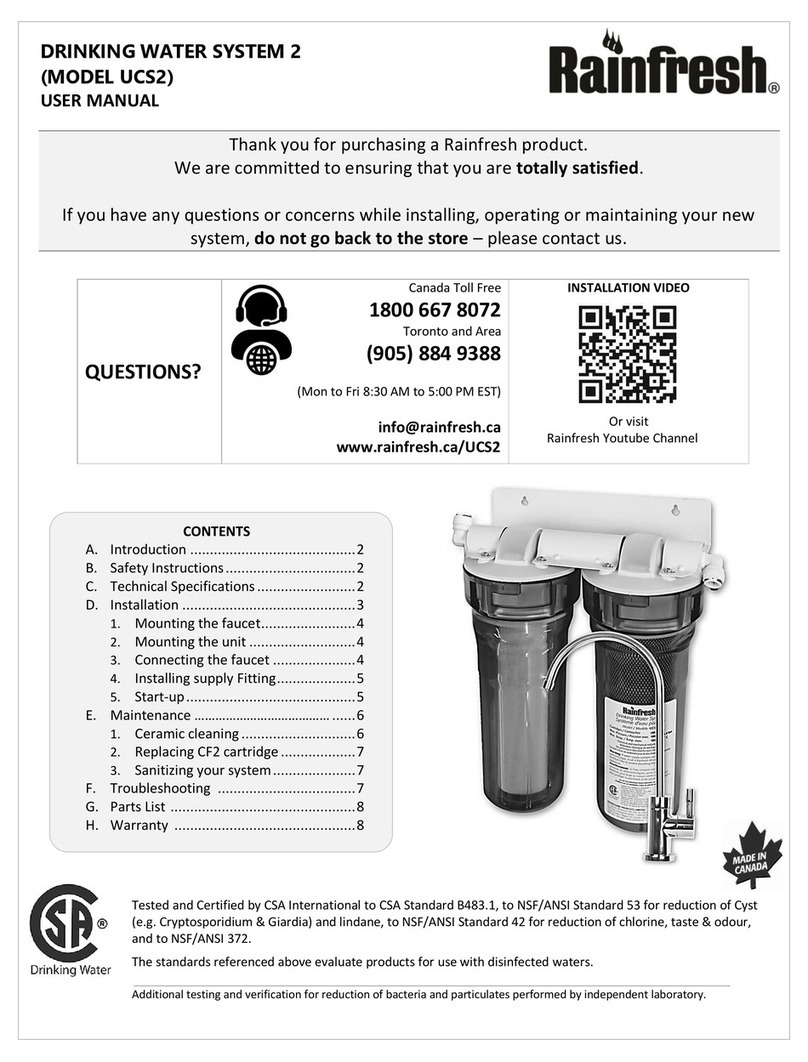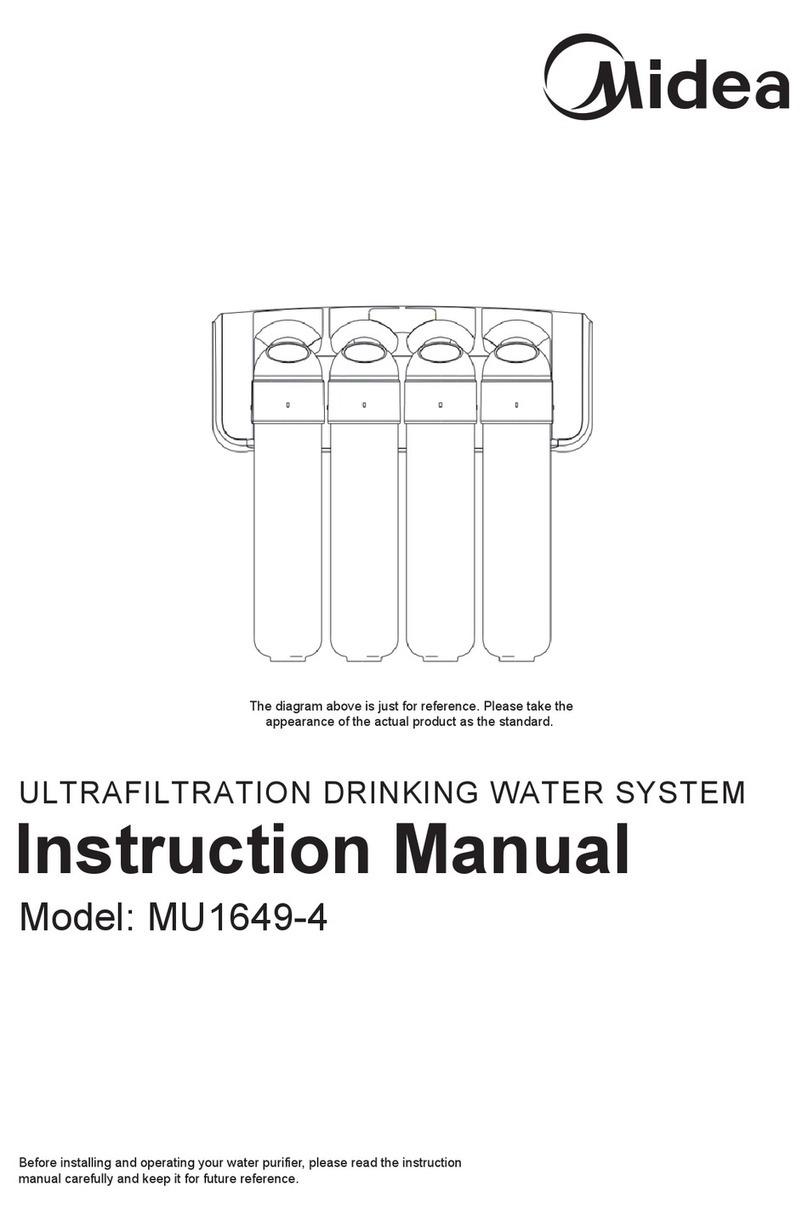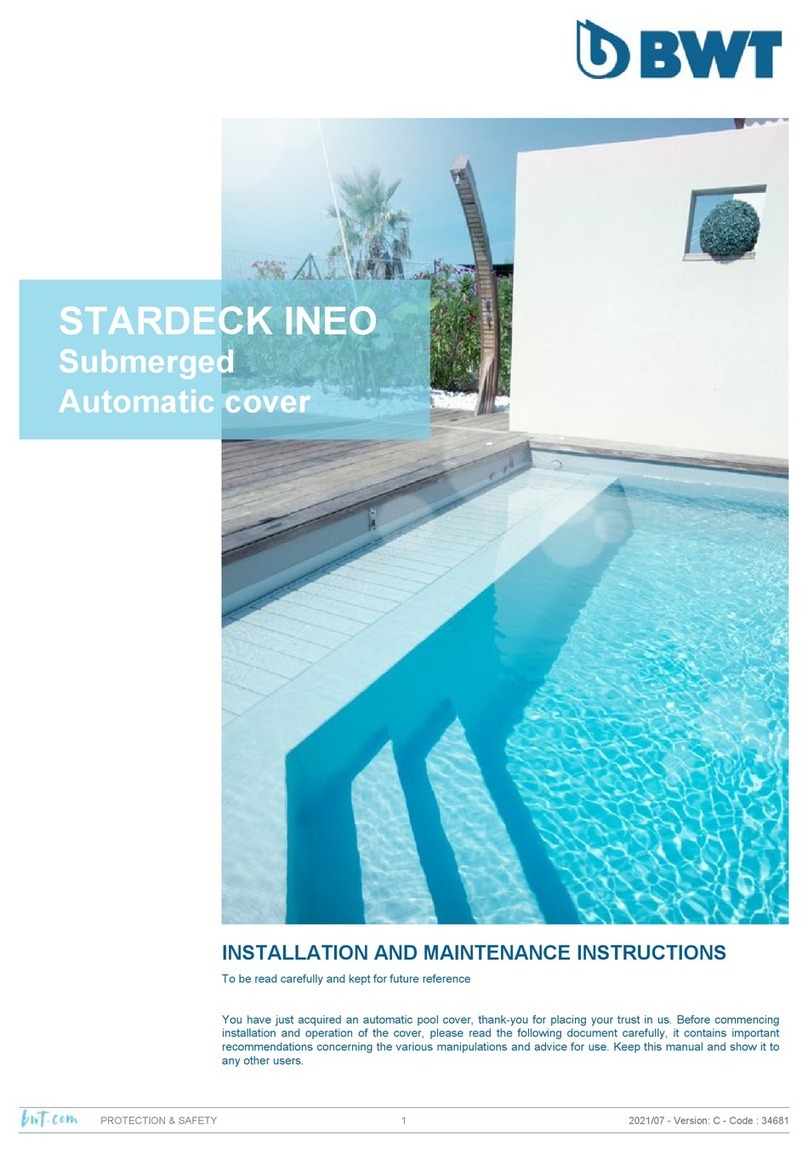INSTALLATION INSTRUCTIONS 19
PROTECTIVE ANODE
NOTE
The sacricial anode must be checked by a qualied contractor 12 months aer the unit has been installed
and checked periodically thereaer as advised by the qualied contractor. Failure to do so may void your
warranty.
An anode for the protecon of the DHW cylinder is inserted centrally from the top into the DHW cylinder of the
appliance. The anode ed at the factory (anode rod) is approximately 1.26 m long.
Replace the anode with a new one if the installed one has been consumed.
A cap over the anode terminal prevent the ingress of water between the anode terminal and the condensate pan.
Remove the cap if you need to remove the anode.
When installing the anode, ensure that the metallic conductor connecon is correctly made. It's recommended for
rst anode inspecon to happen one year aer installaon.
Consult with your water specialist, or contractor, for the opmum ming for inspecons thereaer. Should it be
impossible to insert a rod anode, you may have a sectional anode installed instead. In areas where total dissolved solids
(TDS) in the water is outside the range 40-400 mg/l, the magnesium alloy anode supplied, M2, must be replaced. Use a
high potential, M1, anode if TDS<40 or an aluminium A5 alloy anode if TDS>400, before installing the unit.
Push the cap back over the anode terminal.
Fill in sacricial anode replacement log.
CLEANING THE EVAPORATOR
!
WARNING INJURY
The evaporator has many sharp-edged ns. When cleaning the evaporator, proceed with cauon and wear
protecve clothing, in parcular safety gloves.
Maintaining the full output of the device requires an occasional professional cleaning of the evaporator. Clean the
evaporator only with water and a brush. Never use acidic or alkaline cleaning soluons.
DRAINING THE CYLINDER
!
WARNING INJURY
Hot water can be expelled during draining.
Close the shut-o valve in the cold water supply.
Fully open the hot taps at all draw-o points.
The cylinder is drained via the cold water inlet line. Open the drain valve. If no drain valve was installed, undo
the ng on the cold water supply of the appliance. Residual water remains in the lower part of the cylinder.
ON THE SYSTEM
!
MATERIAL LOSSES
If the hot water unit is not used for two or more weeks, an amount of highly flammable hydrogen gas may accu-
mulate in the water tank. To dissipate this gas safely, it is recommended that a hot tap be turned on for several
minutes or until discharge of gas ceases. Use a sink, basin or bath outlet, but not a dishwasher, clothes washer
or other appliance. During this procedure, there must be no smoking, open flame or any electrical appliance
operating nearby. If hydrogen is discharged through the tap, it will probably make an unusual sound as with
air escaping.
This valve opens when the water pressure exceeds the preset value of 0.7 MPa thereby relieving the pressure. It
is adjusted so that no water will be expelled when heang is switched OFF. Should it connue to drip excessively,
either the valve seat has become contaminated, the water pressure is too high or the pressure reducing valve has
become faulty.
Check the valve for perfect funcon. Replace it, if required.






















